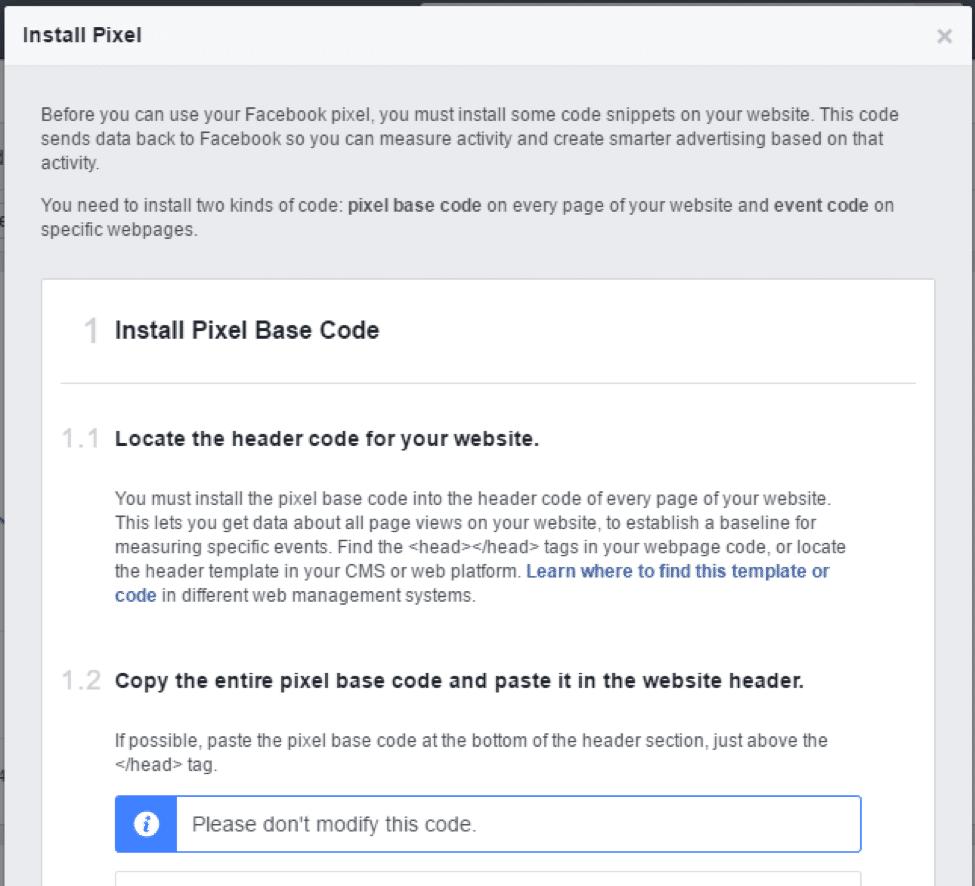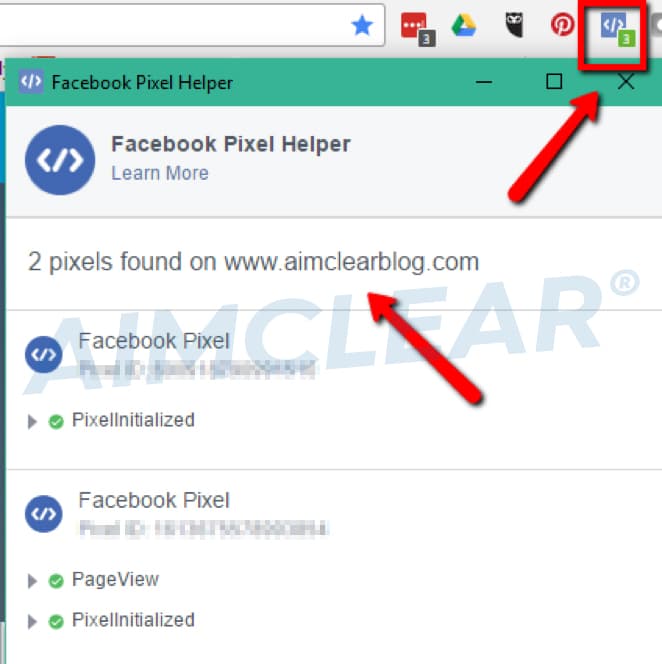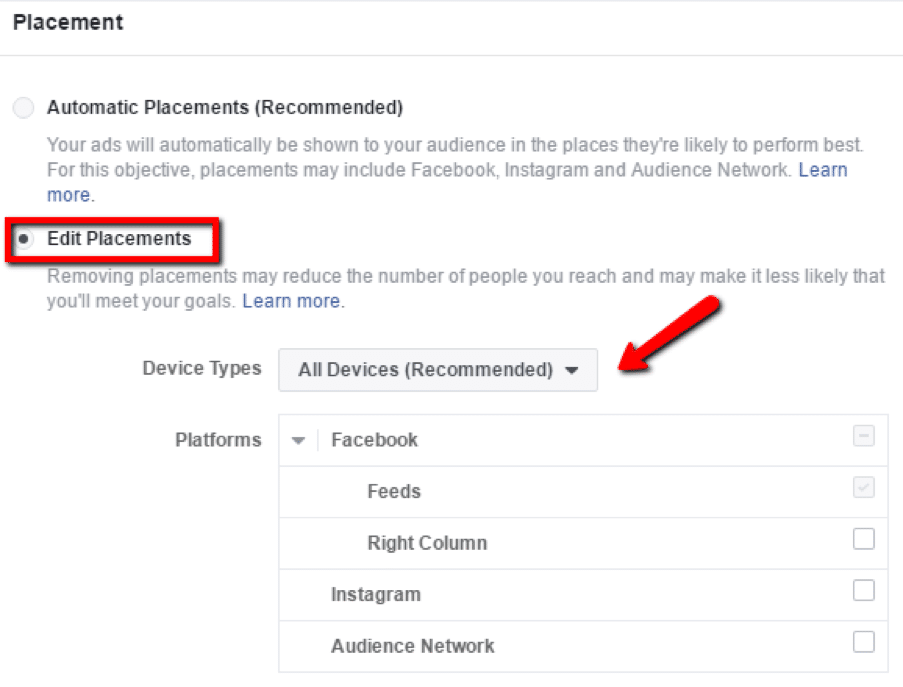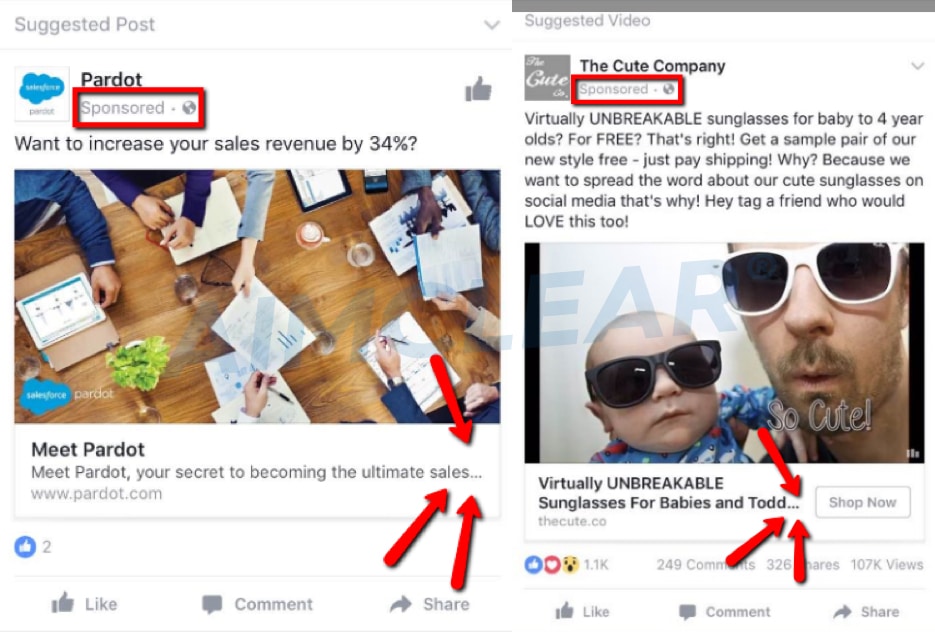Ever wonder how your Facebook ads account stacks up against the rest? The AIMCLEAR social account management team put our heads together and came up with five frequent blunders we see when auditing social media accounts. While none of these will bust your budget or kill your cred’, fixing them will make management much more efficient and open the door to additional targeting opportunities. Take a gander!
Transitioning to Facebook Business
Whether you work for a corporation managing multiple accounts or access points, an agency with MANY accounts, or a small business with multiple managers of your page/account who might one day work with an agency or consultant, making the move to Business Manager is highly recommended.
Business Manager is a tool that helps to clearly and easily grant users access to pages and ads accounts and more, and just as easily take it away. It also helps keep personal and professional work separate – there is no need to friend co-workers or clients to grant access.
A few additional issues that Facebook Business Manager will help solve are:
- Convenience – Manage page roles and account access levels in one place, and toggle between multiple accounts with a click of your mouse.
- Mistakes – If your page or account has multiple users, get to the bottom of any issue by checking the account history log.
- Scalability – Easily connect with contractors, agencies or social managers from other departments in this one-stop shop.
Business Manager isn’t perfect. Facebook is still working out a few kinks, but its overall ease of use is well worth the switch!
Setting up Facebook pixels and retargeting lists
Once you’ve made the switch to Business Manager, head on over to the Pixels tab in the Ads Manager to ensure your universal pixel has been created, placed and is working correctly.
If your pixel has yet to be set up, you’ll be greeted with step-by-step instructions to create and place the pixel.
Want to understand if your pixel has been placed on your site correctly? Check out this handy dandy Facebook Pixel Helper tool. It lives on your browser tool bar and highlights all working or non-working pixels on each page visited.
Once you’ve placed a Facebook pixel on all pages of your site, you can set up custom conversion tracking or specific retargeting audiences with filters based on pages your visitors have viewed. For example, if you sell children’s clothing but want your Facebook ads to target only people searching for boys’ shoes, you can set up an audience that shows ads to just people who have visited pages with the keyword “boys shoes” in the URL.
If you’re not already set up, you’re missing an opportunity to pull users further into the conversion funnel with this second touch.
Creating consistent naming conventions
Each campaign name should clearly explain what a user will find within that campaign, such as overall subject matter, targeting specifics, ad specification and so on. Here at AIMCLEAR, we typically like to use a structure that resembles the following:
Naming structure: Subject\Objective\Targeting Differentiator\ Ad or Content Promotion
Example: AIMCLEAR SMCF\Video\Digital Acct Mngr\FB Carousel Ads
The breakdown: The subject is AIMCLEAR Social Marketing Cluster Facts, the campaign objective is video views, the targeting differentiator is digital account manager job titles, and the ad highlights Facebook carousel ad updates. Make sense?
Using a similar syntax across all channels will make it easy for new and existing users to have a clear understanding of what’s happening when popping in and out of accounts.
Managing Facebook ad placements
One mistake we often see has to do with managing Facebook ad placements. Facebook recently altered this feature to automatically place ads where “they’re likely to perform best” instead of where you intend them to be shown. We recommend being selective of where you would like your ads placed. For example, an ad created for engagement should not be run on the right-side column or the Audience Network, as these ad types do not allow for likes, comments or shares. On the flip side, both the right column and Audience Network ad placements are great for increased link click-through rates, as users are sent directly back to the website with just one click.
Avoiding ad copy truncation
Last, but not least, a huge social ad blunder has to do with truncated ad copy, especially on mobile. Don’t be these guys!
Facebook recommends keeping copy updates under 90 characters, headlines under 25 characters and link descriptions under 30 characters.
How about you, readers. What are your ad account pet peeves? Share in the comments, and in the meantime, happy account structuring (AND targeting)!














